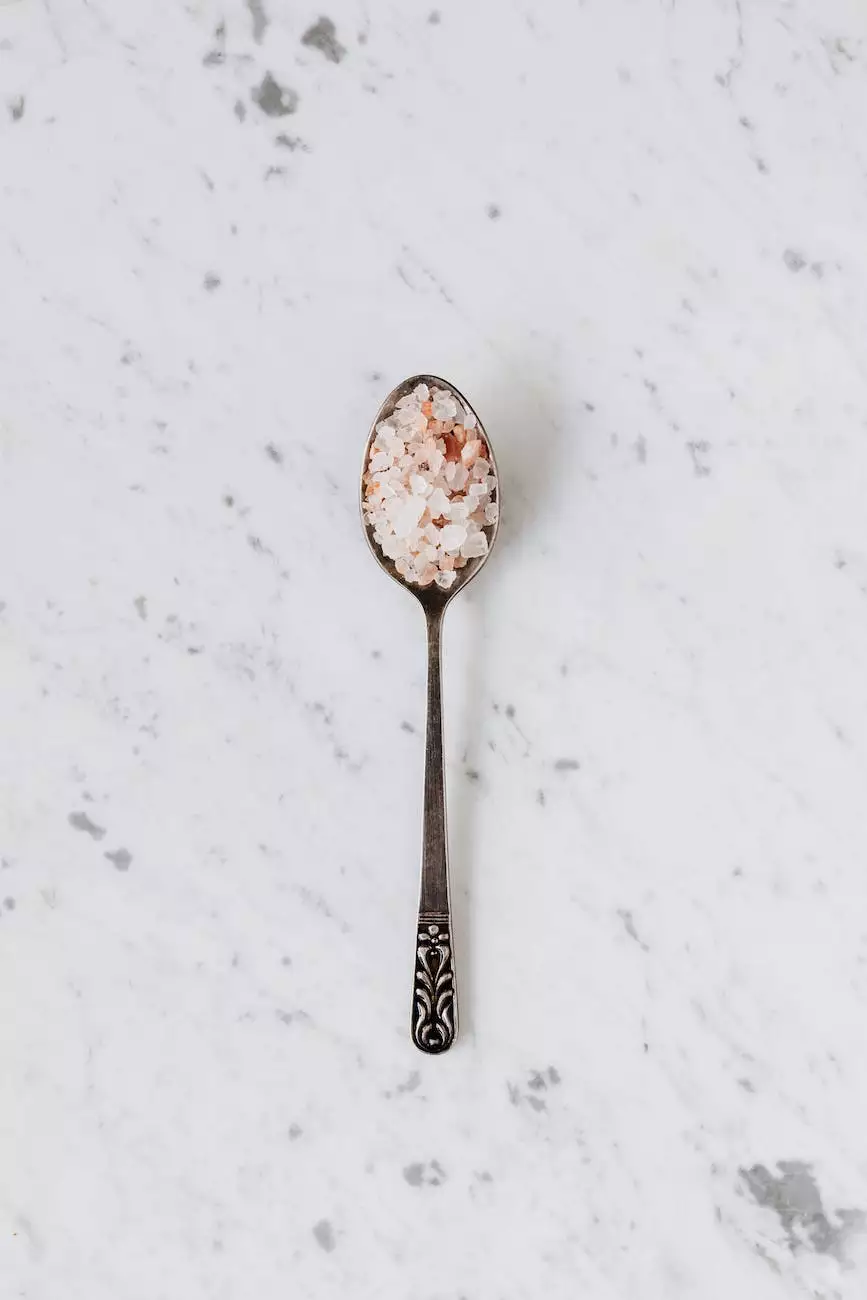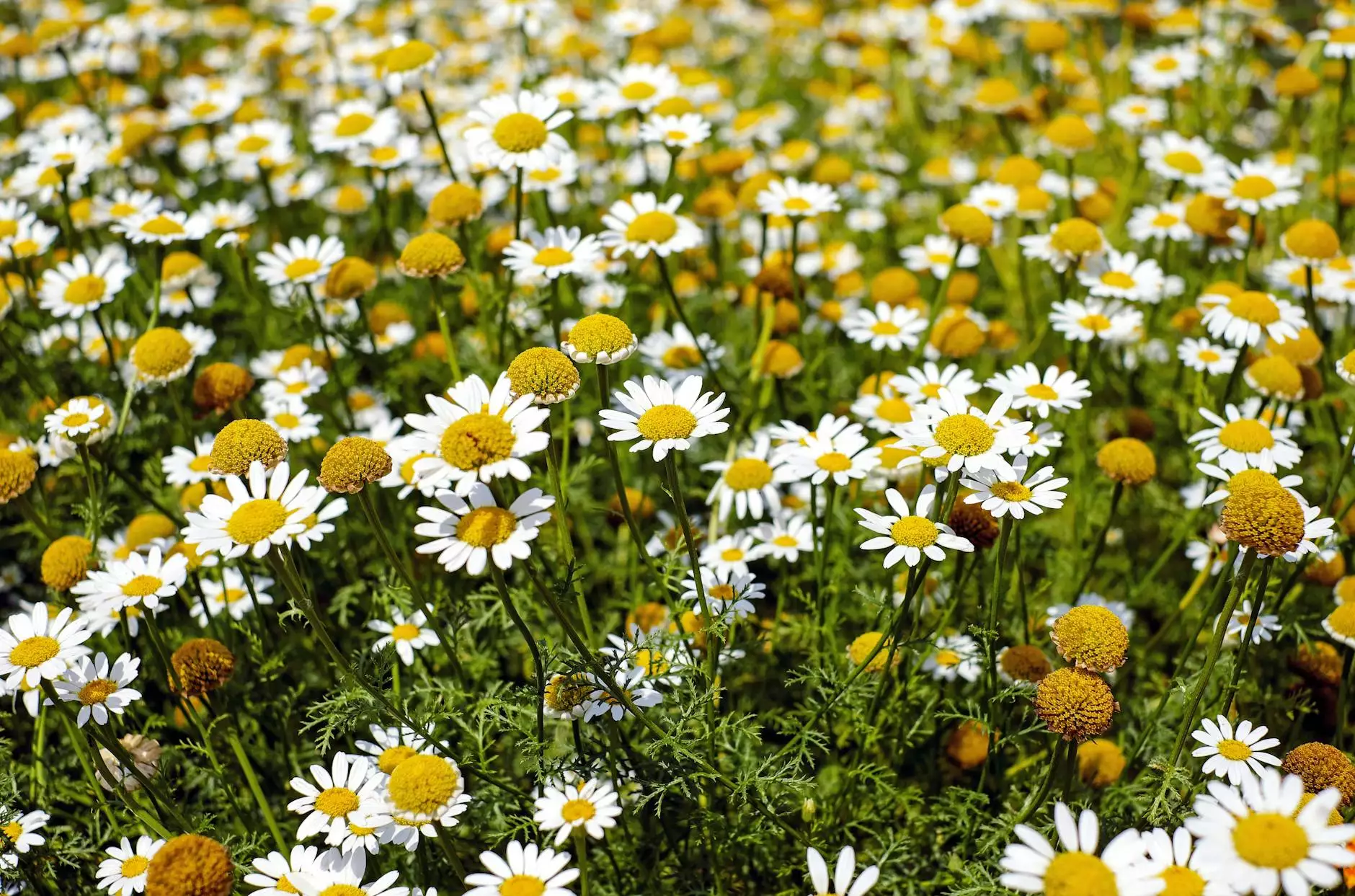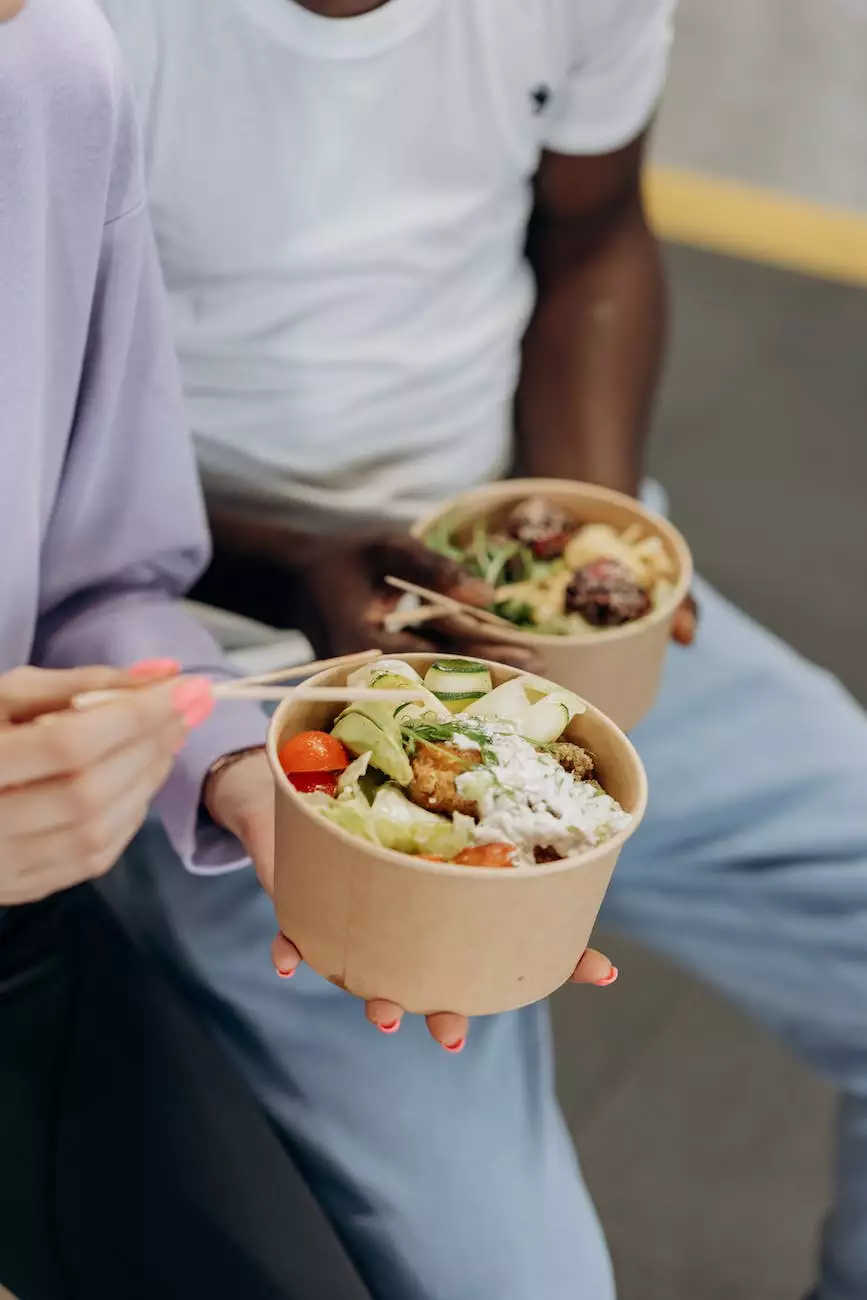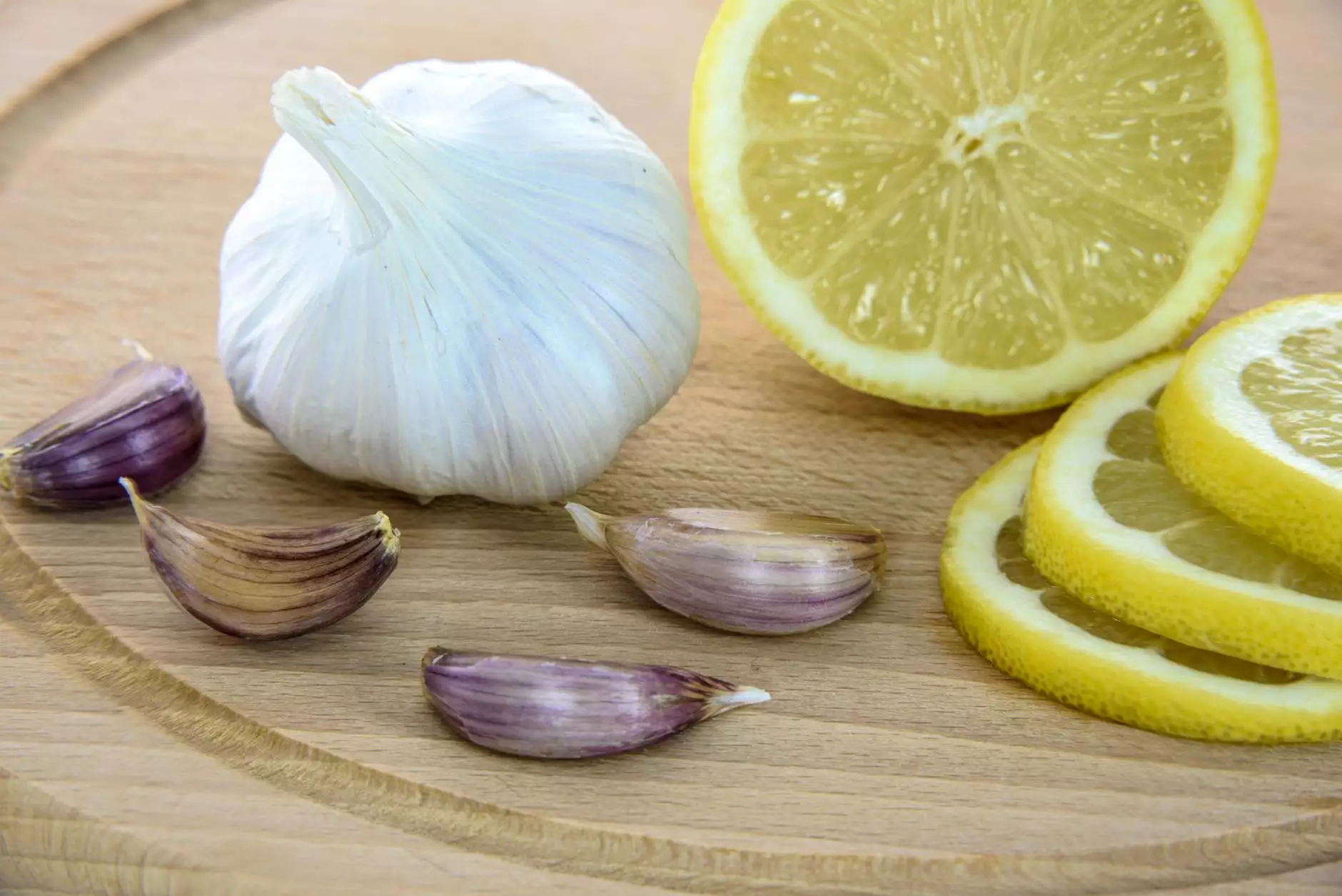Herbal Cooking Instructions

Introduction
Welcome to Awaken Your Wild's herbal cooking instructions. In this comprehensive guide, we will explore the various techniques and tips to enhance your culinary skills using the magic of herbs. Whether you are a seasoned chef or a passionate home cook, incorporating herbs into your cooking can elevate your dishes to a whole new level of flavor and aroma.
Understanding Herbs
Before we delve into the cooking instructions, let's take a moment to understand the world of herbs. Herbs are plants that are primarily used for their aromatic and flavoring properties. They come in various forms, such as fresh, dried, or powdered, and each variant has its own unique characteristics to enhance dishes.
Types of Herbs
There are numerous herbs available, each with its own distinct flavor profile. Some common types of herbs used in cooking include:
- Basil: This herb offers a sweet and slightly peppery taste, making it ideal for Italian and Mediterranean dishes.
- Cilantro: With its fresh and citrusy flavor, cilantro is commonly used in Mexican, Indian, and Asian cuisines.
- Rosemary: Known for its strong and pine-like flavor, rosemary pairs well with roasted meats, potatoes, and bread.
- Mint: This herb adds a refreshing taste to both savory and sweet dishes, making it versatile for various culinary creations.
- Thyme: With its earthy and subtle lemon undertones, thyme is a popular choice for braised dishes, soups, and stews.
Choosing and Handling Fresh Herbs
When it comes to using fresh herbs, it's crucial to select the best quality and handle them properly to preserve their flavors. Follow these steps:
- Buying Fresh Herbs: Look for fresh herbs with vibrant colors and crisp leaves. Avoid wilted or yellowing herbs as they may be past their prime.
- Storing Fresh Herbs: To keep your fresh herbs fresh for longer, trim the ends of the stems and place them in a glass of water like you would with flowers. Cover the top loosely with a plastic bag and refrigerate.
- Prepping Fresh Herbs: Before using, wash the herbs gently under cold water and pat them dry with a clean kitchen towel. Remove any bruised or discolored leaves.
- Chopping Fresh Herbs: To maximize the flavors, chop the herbs just before using them in your recipes. This ensures the essential oils are released at their peak.
Herbal Cooking Techniques
Now that you have a good understanding of herbs and how to handle them, let's explore some popular herbal cooking techniques:
Infusing Herbs
Infusing herbs is a great way to extract their flavors and infuse them into oils, vinegars, or other liquids. Here's how:
- Choose Your Herbs: Select herbs that complement the dish you are preparing. For example, rosemary and thyme pair well with olive oil for roasted vegetables.
- Prepare the Infusion: Place the herbs in a clean glass jar and cover them with the desired liquid. Seal the jar tightly and let it sit in a cool, dark place for a few weeks, allowing the flavors to infuse.
- Strain and Store: Once the infusion period is complete, strain out the herbs and transfer the flavored liquid into airtight containers. Use as needed to enhance your dishes.
Drying Herbs
If you have an abundance of fresh herbs, drying them is an excellent way to extend their shelf life. Here's a simple drying technique:
- Harvesting Fresh Herbs: Choose a dry day and harvest your herbs in the morning after the dew has dried but before the sun becomes too intense.
- Cleaning and Bundling: Gently wash the herbs under cold water to remove any dirt or debris. Dry them thoroughly and bundle a few stems together with a string or rubber band.
- Hanging to Dry: Hang the herb bundles upside down in a well-ventilated, dry area away from direct sunlight. Allow them to air dry for several weeks until they are completely crispy.
- Storing Dried Herbs: Once dried, remove the leaves from the stems and store them in airtight containers in a cool, dark place. Use within a year for optimal flavor.
Experimenting with Herbs in the Kitchen
Now that you are equipped with the knowledge of using herbs, feel free to experiment with them in your kitchen. Here are some exciting ideas to get you started:
Herb-Infused Butter
Add a burst of flavor to your morning toast or dinner rolls by making herb-infused butter. Simply mix your favorite herbs into softened butter, shape it into a log using plastic wrap, and refrigerate. Slice off a pat of herb-infused butter whenever you need it.
Herb-Roasted Vegetables
Elevate the flavors of your roasted vegetables by tossing them with olive oil, minced garlic, and an assortment of fresh herbs. Roast until tender and enjoy the aromatic blend of flavors.
Herb-Infused Cocktails
Impress your guests with a refreshing herb-infused cocktail. Muddle your choice of herbs with sugar, add some citrus juice, and top it off with your favorite spirit and soda. The herbal notes will add a delightful twist to your drinks.
Conclusion
Congratulations! You have unlocked the secrets of herbal cooking instructions. Embrace the world of herbs and let Awaken Your Wild be your guide to creating delicious, flavor-packed dishes. By incorporating herbs into your cooking, you not only elevate the taste of your meals but also add a touch of creativity and vibrancy to your culinary adventures. So, let your creativity run wild and awaken your taste buds with herbal cooking!










